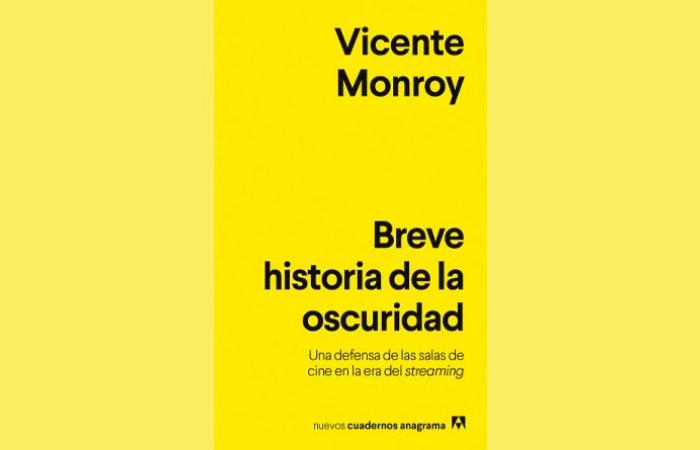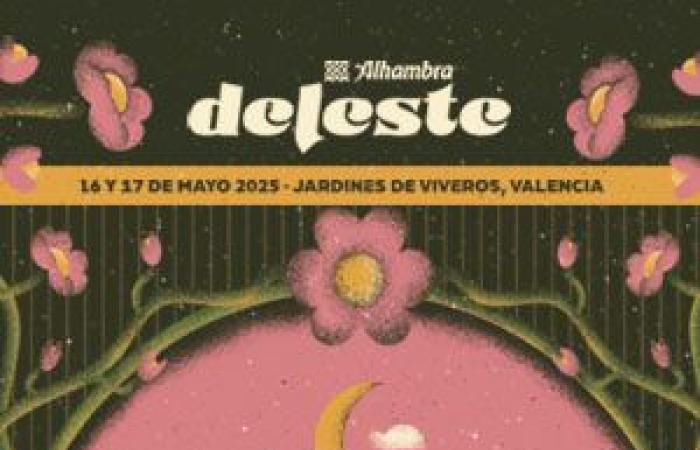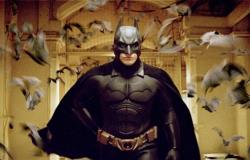Darkness and cinema are eternally hand in hand. When you enter a film room, darkness invades everything (or almost: for some time the movie theaters already have dim lights to guide us through the room), to let the viewer do not get distracted from what the moving, or static images are transmitting. It is like a spell, a kind of return to a look that is not vitiated by external stimuli.
Vicente Monroy He is a film programmer in the Madrid Cinemathequeas well as a writer and collaborator in the Spanish Film Academyand in this excellent trial of few pages Brief history of darkness: a defense of the film hall in the streaming era (a subtitle of the most eloquent) edited by the new collection notebooks of Anagramit makes a concise analysis of the importance that movie theaters have had since the Lumière cinematographer was invented, as well as how it has varied – thanks to the new mobile devices and Internet platforms – the form of the form of ver cine.
The beginning of the trial is very nice. Remembering the work of Pier Pa Pa Paul Pierolini Corsair writings The author recalls an Italian appointment: “In the early sixties, due to atmospheric pollution and, especially in the field, to water pollution (blue rivers and limited channels), the fireflies began to disappear. A fulminating and fulgurizing phenomenon. After a few years, they were no longer firefly. Today they are quite heartbreaking memories of the past.” As indicated Monroyhere Pasolini It refers to these insects to record the disappearance of a model of society that opened to fascism and incipient neoliberalism. This writing charges value after the years given that the darkness associated with cinema is going through a crisis that, if no one remedies it, seems not to turn back.

In this brief tour of the dark, the author tells us curiosities around the a dark and his relationship with the seventh art. Many directors have left recorded scenes where darkness had a revealing component: from German expressionism through Dreyerthere are creators who estimate that in the shadows there is always an enigmma to discover. From there, of course, to the myth of the cavern of Platoo Aristotle That it was a pioneer in discovering that if a halo of light crosses a hole, an inverted image is projected on the wall (which would later be called the dark camera). Monroy It stops in the shows of the 18th century in Paris such as, for example, to go see a dead child as if it were a fair monster (the morgue of Quai de l’Chevêché), and who realized, says the author, of the flowering of audiovisual culture in Europe.
The spaces are also important for this relationship between darkness and cinema, and hence Wagner conceived the Festival house from Bayreuth as an emblem of the “overshadowed scenarios.” Wagnerian architecture aims to be an immersion exercise for the viewer, which with film rooms to this It is essential. Already with spaces expressly designed for the cinema, a kinephile culture would begin where the spectators were governed by unwritten norms: silence, total darkness, images, loss of temporary coordinates, lights that were not reflected in the environment …
The passage of time has given way to a new way of watching cinema, or look cinema. Given the avalanche of devices, the attention is abducted, and thousands of stimuli capture our attention, and for Vicente Monroyit is still a subversive act today to be covered by that darkening patina, and that the light is reflected in you as if you were one of those Pasolinian fireflies.
You can buy the book: Brief history of the darkness of Vicente Monroy (Anagrama) On the web of its editorial.








